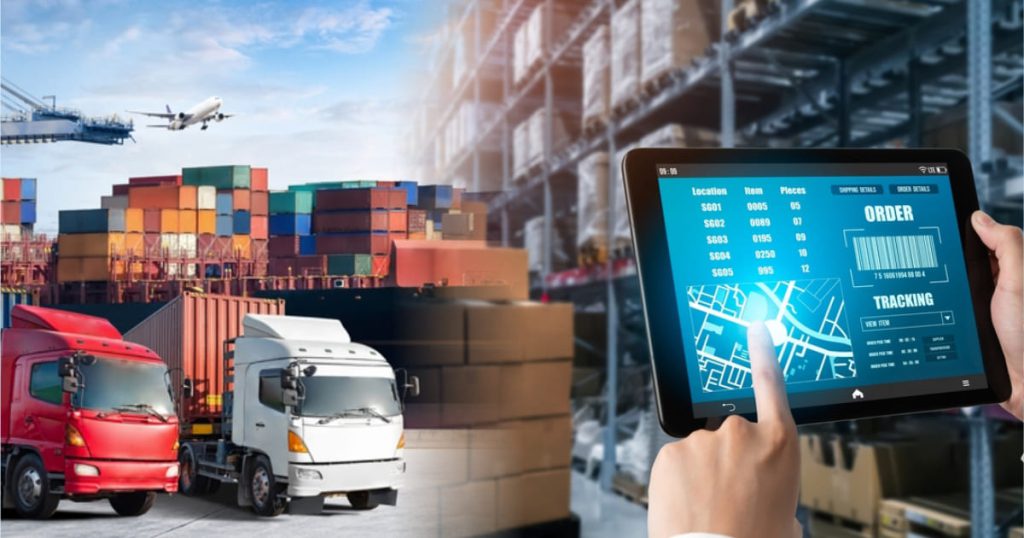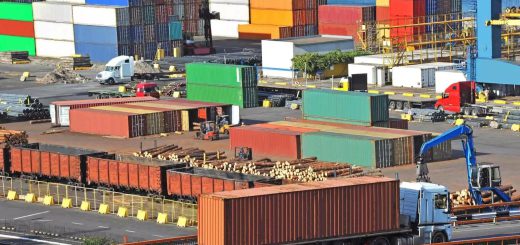How are Supply Chains Capable of Becoming More Sustainable?
Businesses are faced with difficult questions in the ever-complex logistics environment of today, perhaps none more urgent than “How can we ensure our customers don’t face delays?”. There is, however, a chance amid these difficulties. Sustainability is gaining more significance in the supply chain debate and is far more than just a trendy word.
Sustainable business practices reduce the stress on companies during supply chain delays and fight climate change in everyday operations. They can change the logistics industry as we know it now. Furthermore, continue reading to discover what a sustainable supply chain could mean, its difficulties, and what exactly your company could do about these.
What does a Sustainable Supply Chain mean?
A sustainable supply chain emerges from the well-rounded coverage of several legal and nonlegal aspects including environmental, social, and economic considerations.

To build up sustainability within supply chain management, the supply chain manager will take into account the following factors
- Carbon footprints and waste carbon emissions
- Working conditions
- Health and security
- Exploitation of workers
The Logistics Industry’s Transparency Issues
Transparency is a problem in logistics, period. Businesses all over the world have started to implement their sustainability policies, but the shipping partners they rely on frequently don’t do the same. Although it has largely been discussed in the background in discussions about sustainability, supply chains still have a big impact. Even small business operations, from production to last-mile shipping, have far-reaching downstream effects.
Organizations that are becoming sustainable, should incorporate not only materials and energy but also sources of energy, materials, and even manpower to operate it all. One of the biggest hurdles for many organizations is gauging the posture of their goods dispersion and finding out how these goods get to their foreseen point. The rush for transparent cargo data from end to end touches both giants and small enterprises.
Also Read:- 5 Challenges to Shipper Intelligence Technology in the Supply Chain
How to Make Supply Chains More Sustainable?
Corporations that care about the environment and think about ESG need to pay attention to every detail in the chain of supply. And if I may say, none is half as serious as the effects of doing the calculation and organizing this kind of data for every health of supply chain step. This entails taking stock of their suppliers and providers, as well as the infrastructure that each employs.
Where do a company’s raw materials come from before they reach the production site? How far must workers travel, and are their wor

king conditions safe and regulated? These complexities—and the time required to truly comprehend them—help to explain why greenwashing and surface-level sustainability’ are so prevalent.
Take, for example, warehouses. They are a component that can have a significant environmental impact. Single-use paper and inefficient lighting in warehouses alone can significantly impact a company’s carbon footprint. Let’s be honest, crunching the numbers and sorting through this kind of info for each part of the supply chain is no small task. If businesses want their supply chains to be as green as possible, it’s key that everyone’s on the same wavelength.
Pick warehouses with up-to-date, power-saving cooling, heating, and lighting setups.
You require a reliable partner who prioritizes their environmental impact. So, how might that look in practice?
Moving down the supply chain, logistics providers who are setting the standard for sustainability may:
When possible, strategically locate warehouses closer to consumer bases. A smaller carbon footprint results from fewer kilometers between fulfillment centers and customers’ doors.
Use technology to reduce their overall carbon footprint. Only freight transport contributes 8% of global greenhouse gas emissions. If businesses choose shipping companies that prioritize alternative energy, specifically electric vehicles for ground transportation and the last mile this will lessen this impact.
Use all available assets and be able to make changes. This could be due to the use of a 4PL system. This means that providers do not own assets and instead have the flexibility to adapt. If a 4PL provider discovers a more environmentally friendly solution—from ground transportation to warehouses.
In supply chain management, being environmentally conscious goes beyond only being a socially conscious business. Creating a plan for a sustainable supply chain is essential since it accounts for the majority of a company’s environmental effects. Businesses may subsequently improve their environmental impact more significantly by creating sustainable supplier networks.
Conclusion
Turning supply chains into places that care for the environment requires exploring many different areas and continuously learning from mistakes. Using insights from studying the entire life cycle of products, designing eco-friendly products for the environment, making logistics (delivery of goods) greener, using circular economy ideas, working together with many people and groups, keeping track of how sustainable companies are, teaching workers new skills, buying from suppliers who are also environmentally friendly, and using new technology can all help. Governments, leaders, and society must all work together with a clear goal to make this happen.




Recent Comments